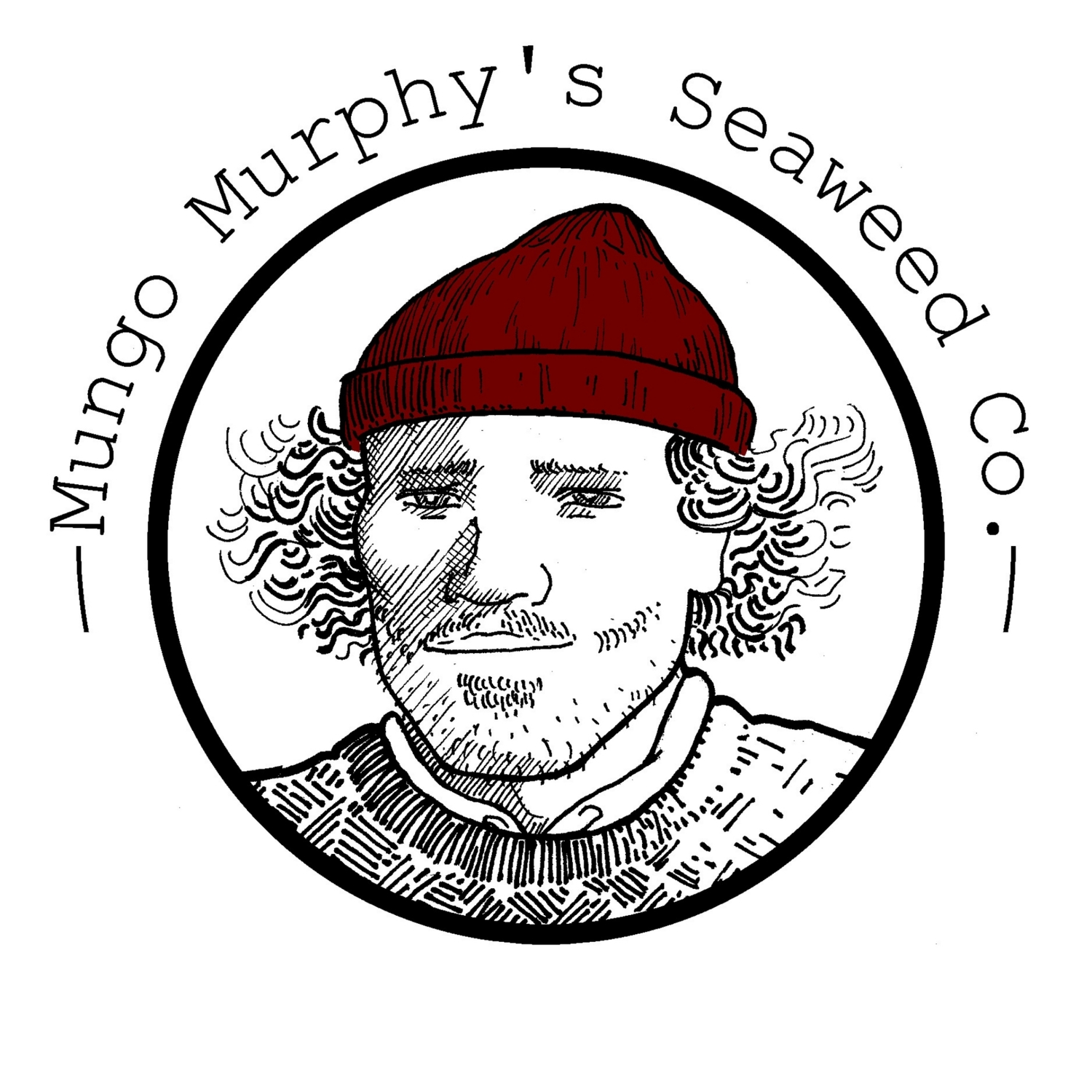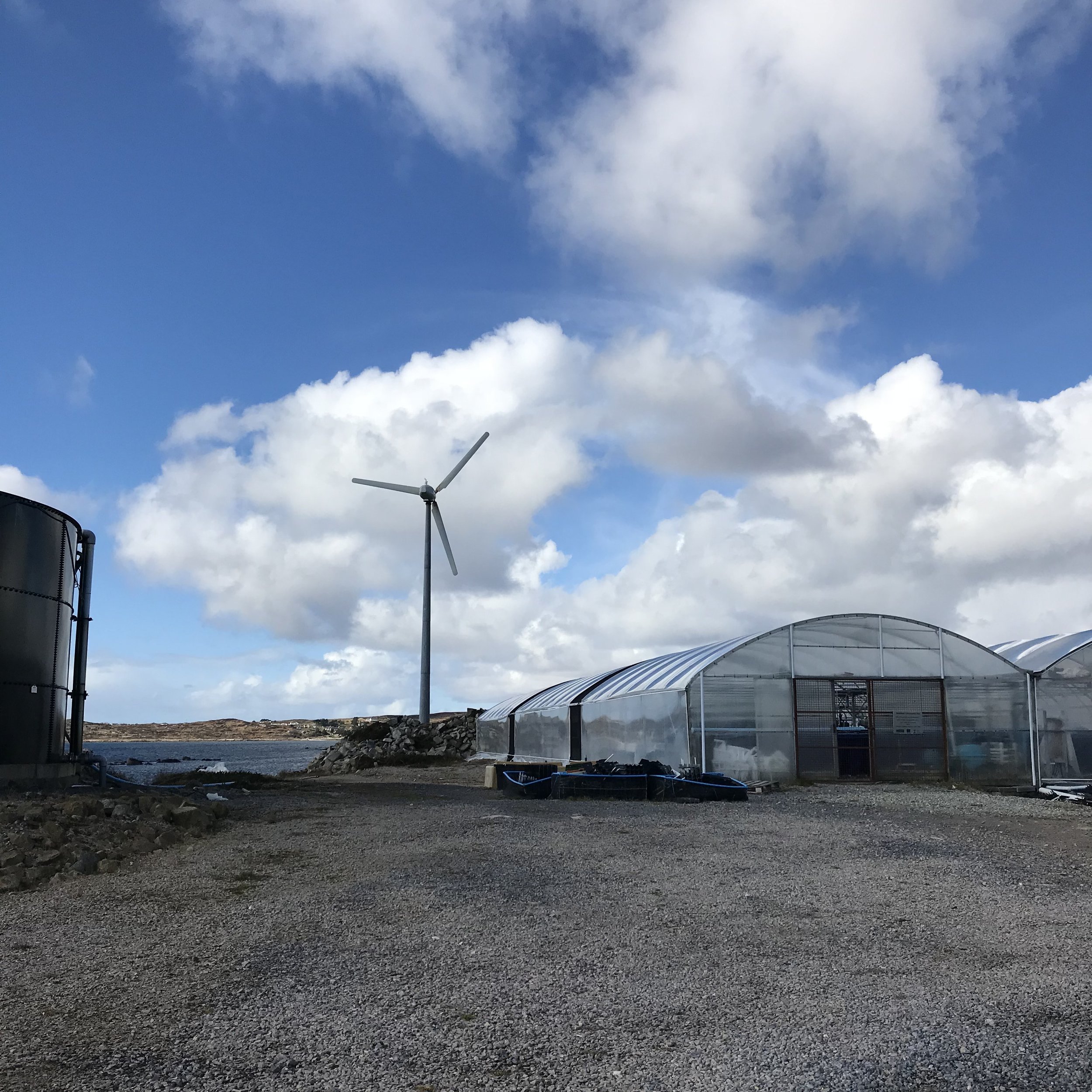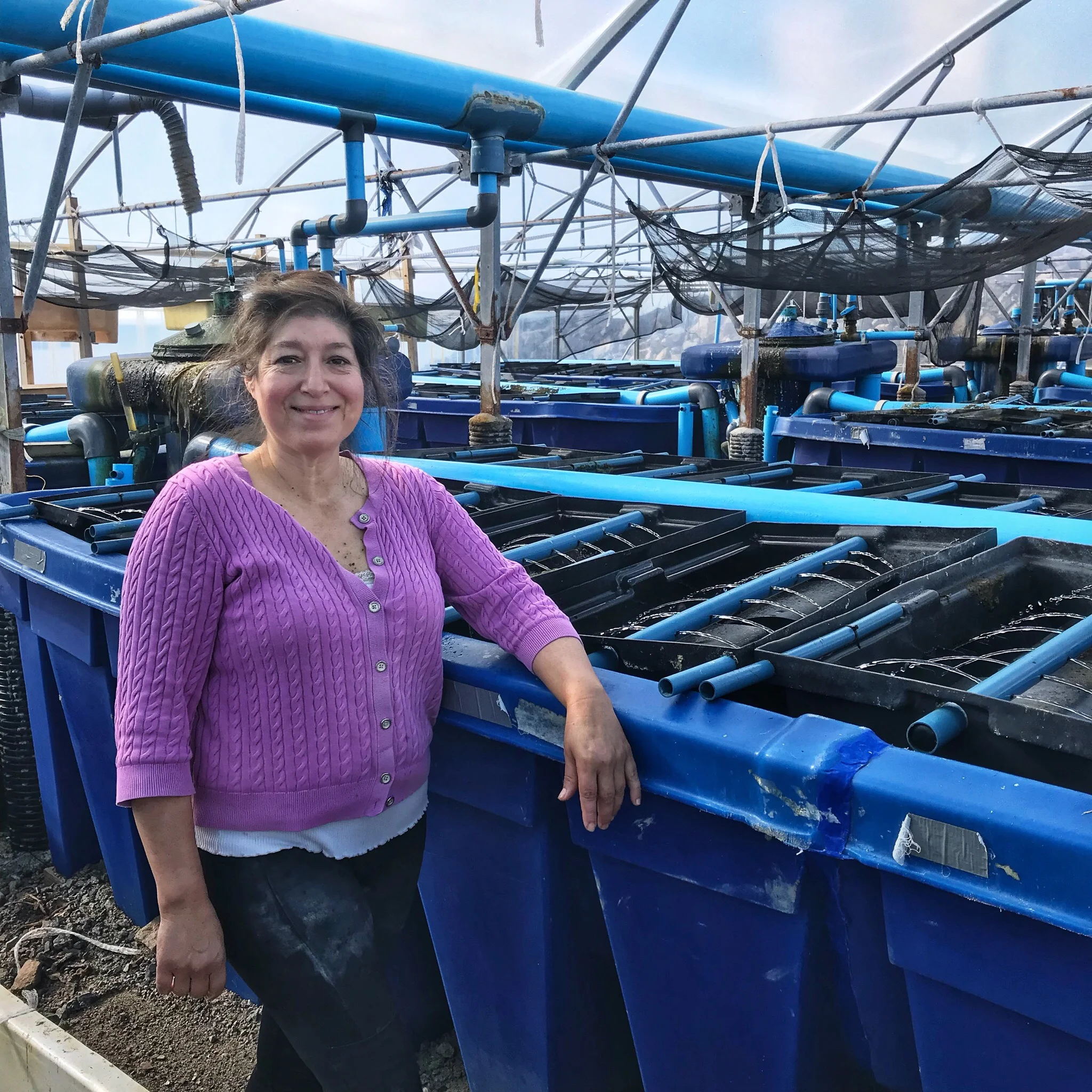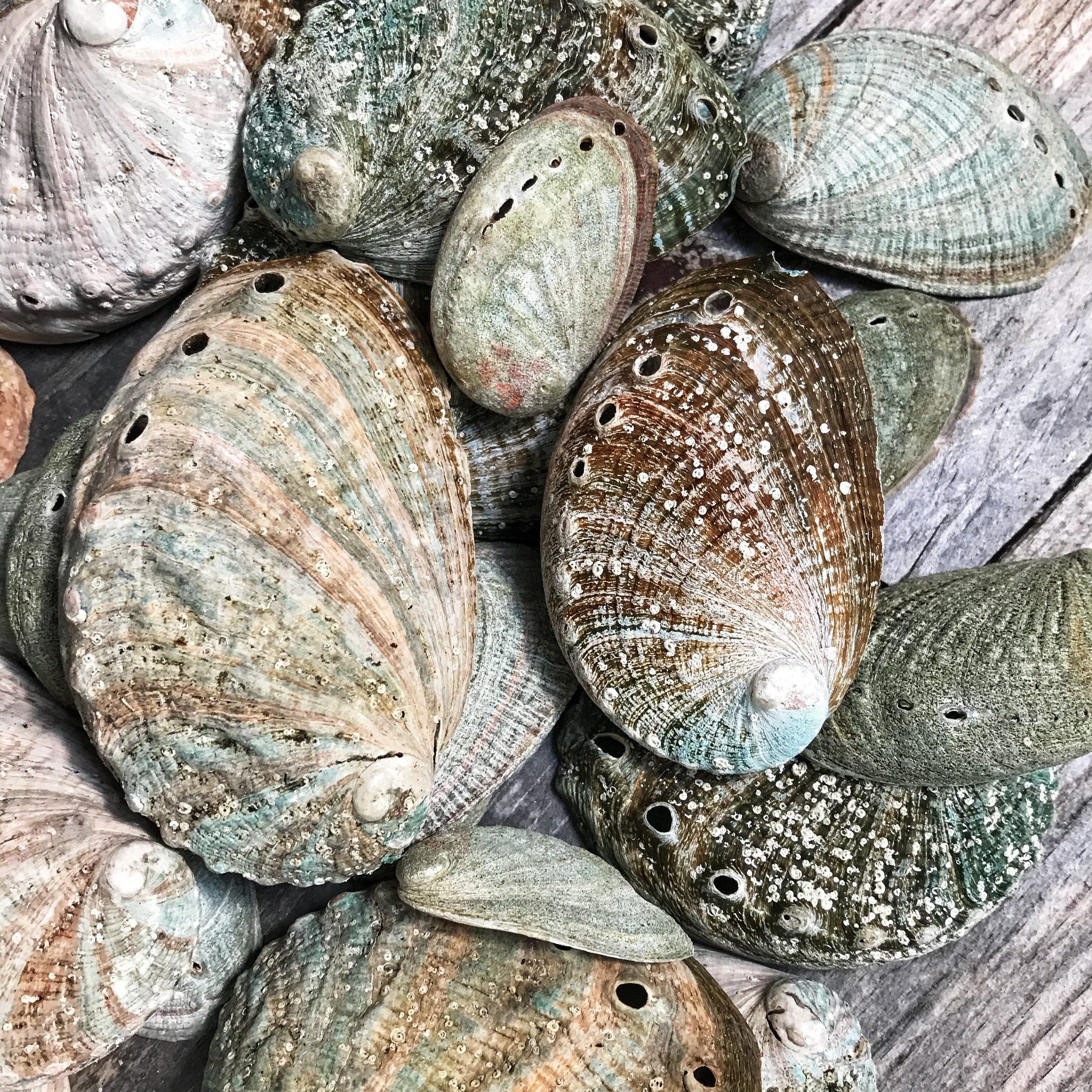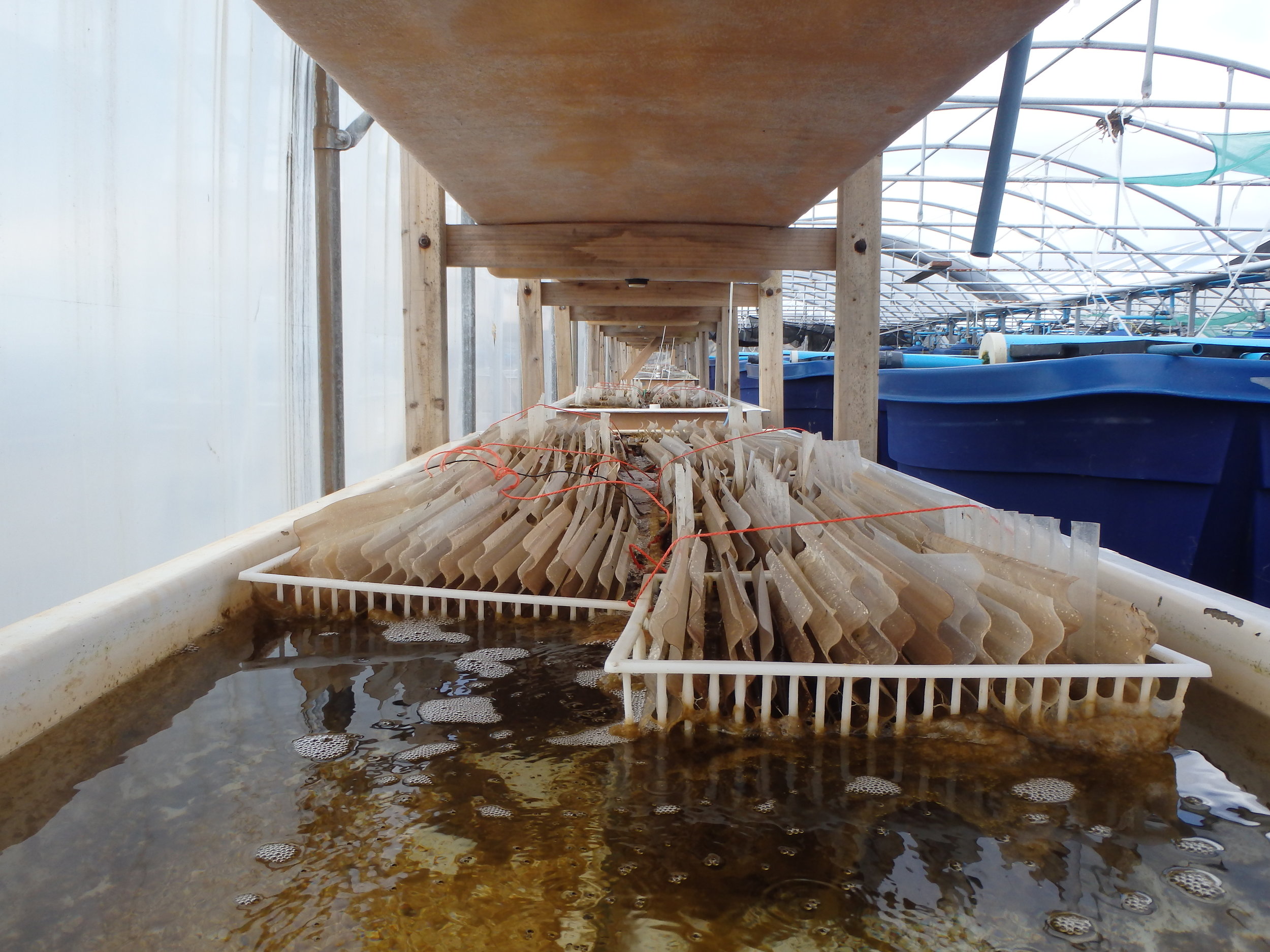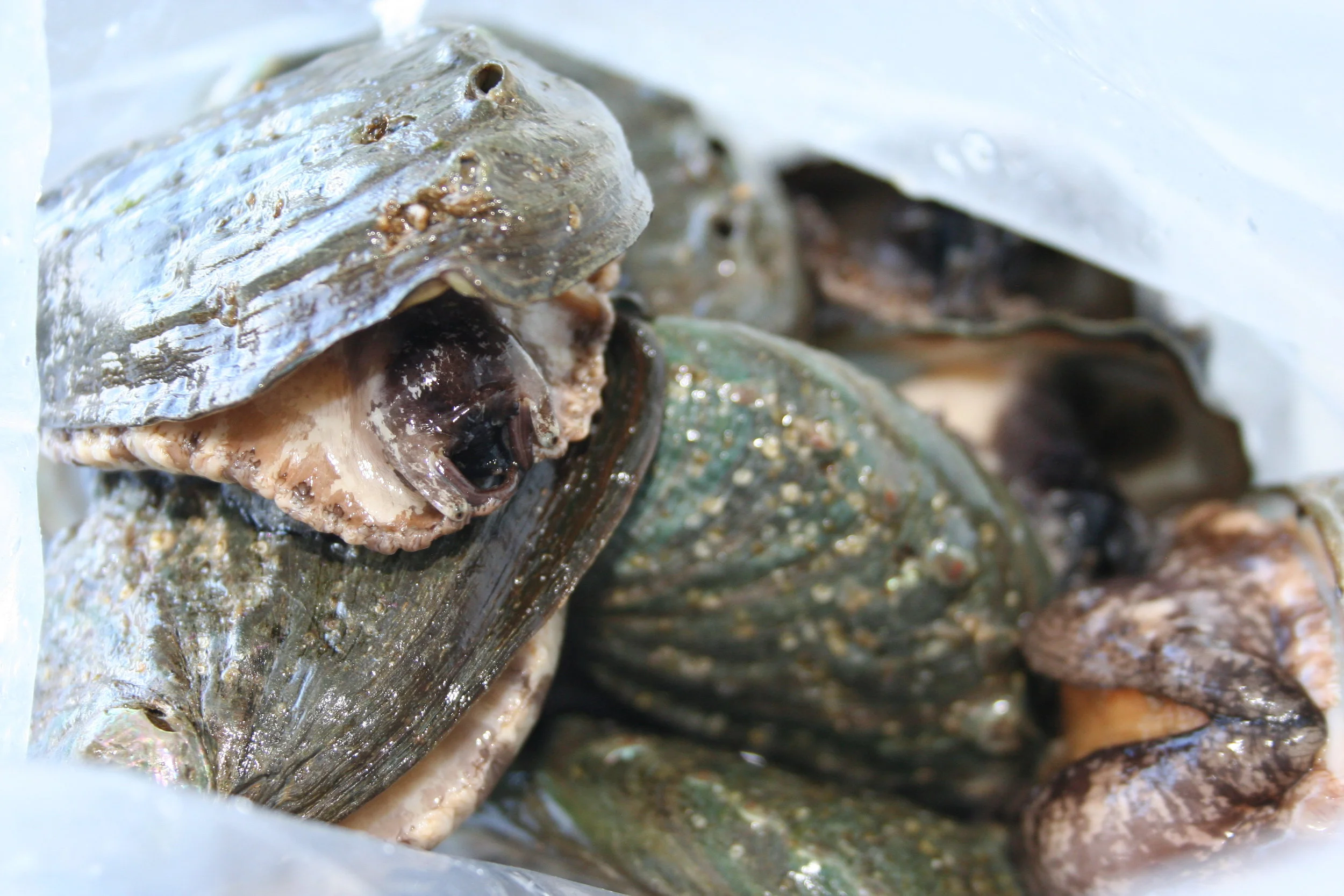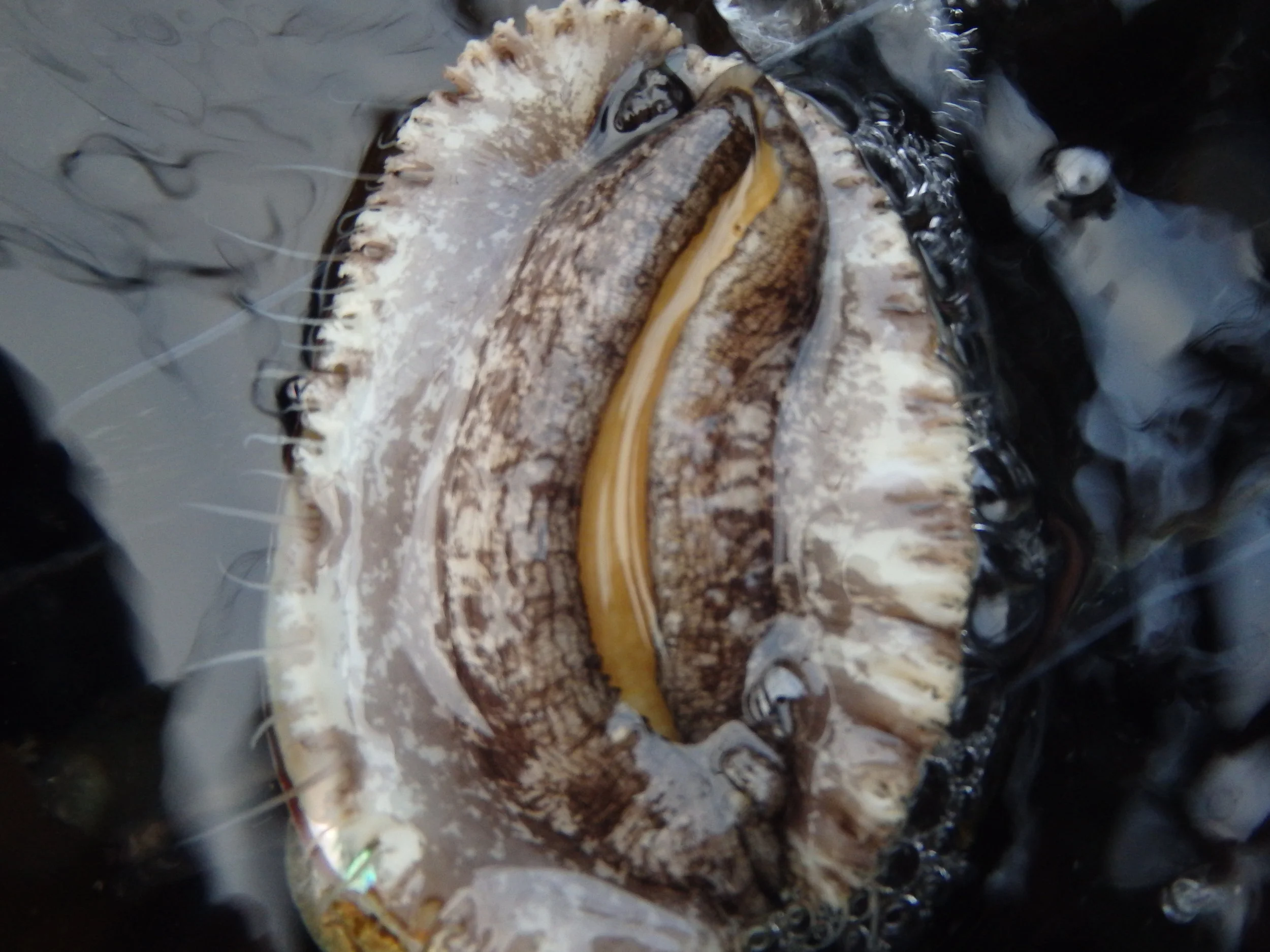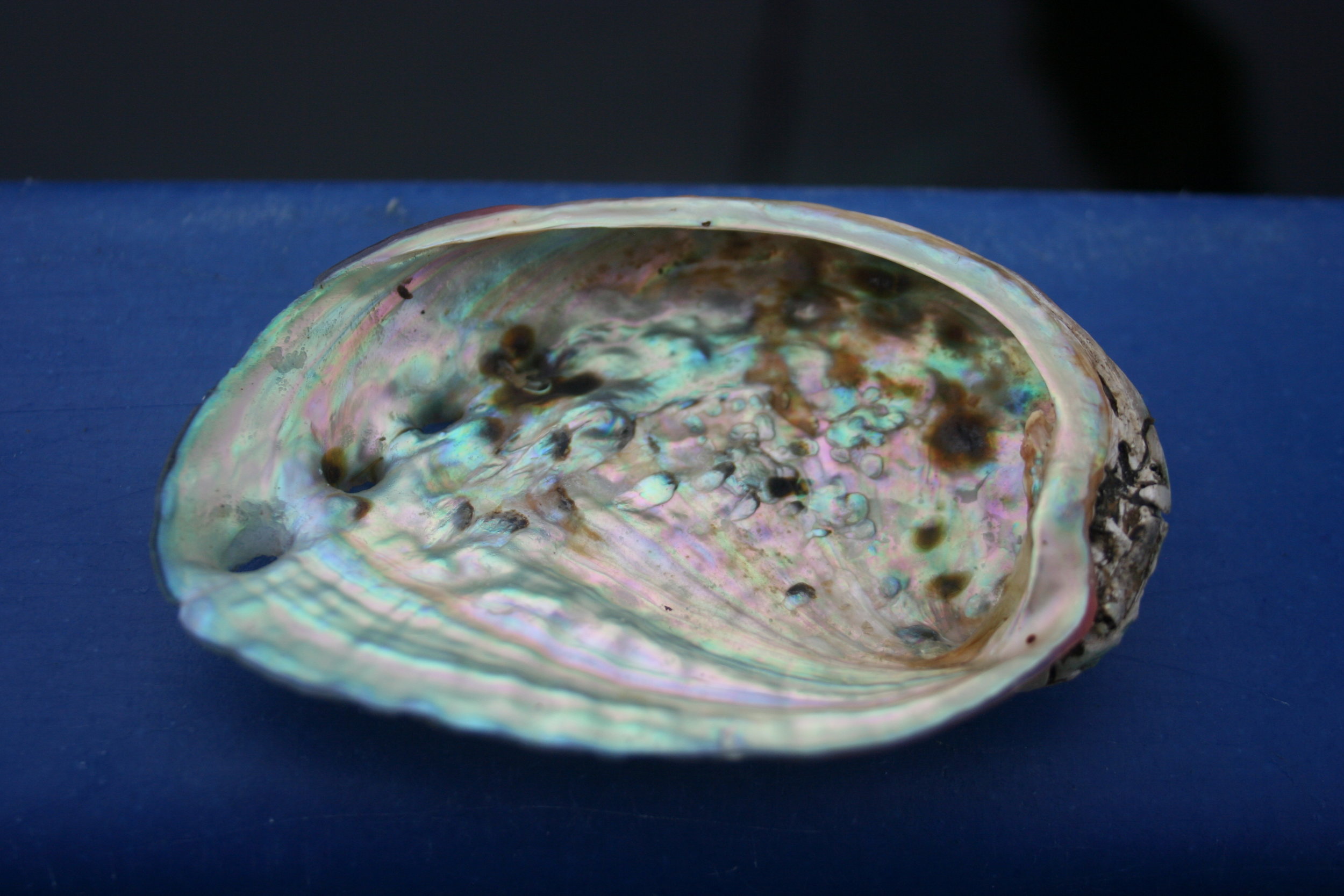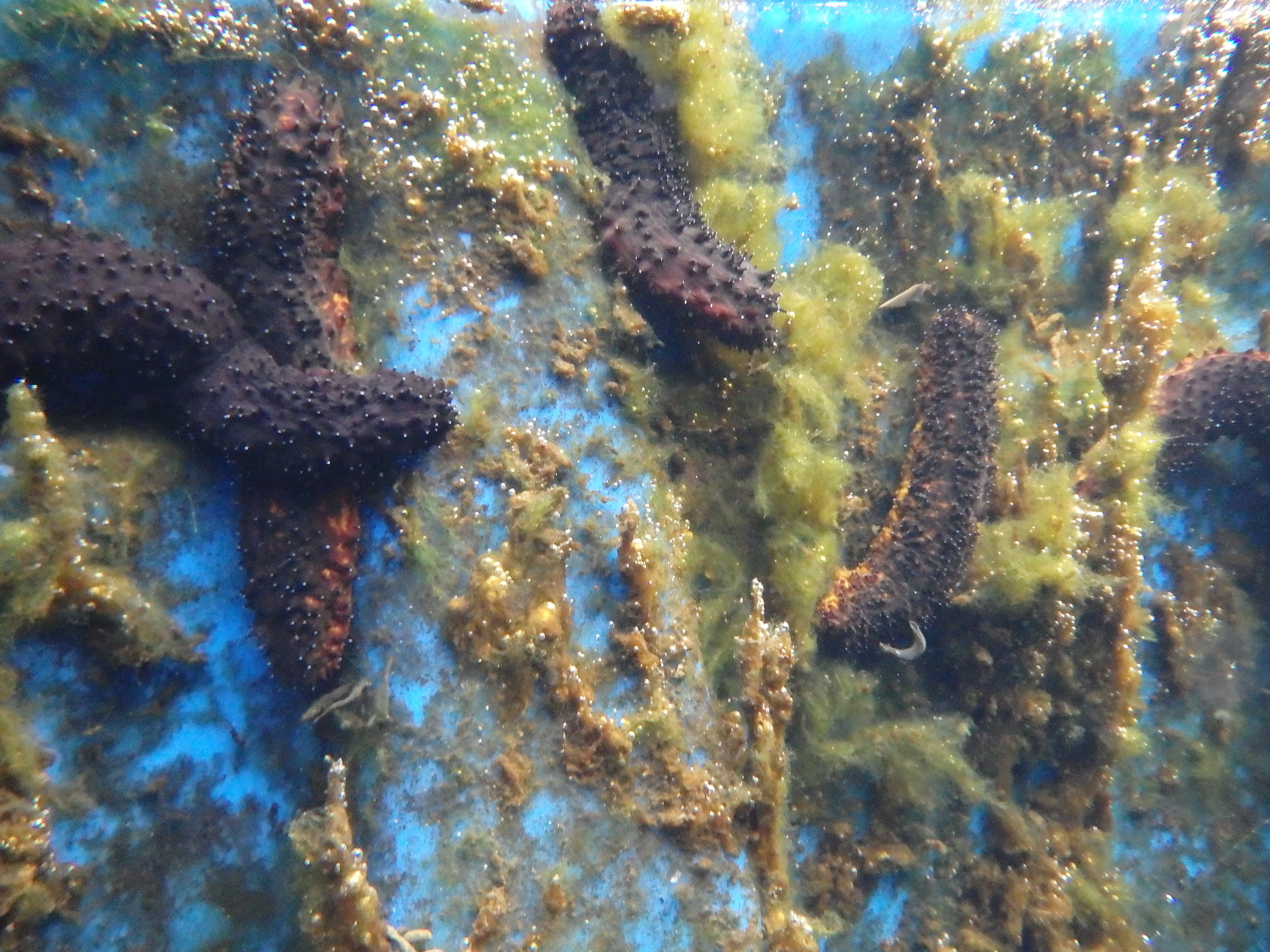The Abalone farm
The Abalone Farm at Baile na hAbhann, South Connemara, Co. Galway, Ireland
"What is an abalone, how is it farmed and why?" These are the questions you are probably dying to ask; but do not fret, we hear you and, well, please read on to discover the answers to these hard-hitting questions.
What is an abalone?
Abalone is the common name given to a group of sea snails - marine gastropod molluscs in the halotidae family. Other common names include: Perlemoen (South Africa), Paua (New Zealand)and Ormer (UK). There are a number of species of abalone native to different parts of the world, but the abalone grown on the farm in Co. Galway is the species Haliotis discus hannai.
Haliotis discus hannai, also commonly known as 'Japanese abalone', originates - as its name might suggest - from Japan.
Abalone are not native to Ireland but were introduced and naturalised here in the 1980's. Conditions for growing this species on the West coast of Ireland are ideal due to excellent water quality, temperature and the abundance of macro-algae to feed to the animals.
How are they farmed?
The Abalone are farmed in a land-based re-circulated aquaculture system on the shores of Galway bay. What that means is; sea water is pumped into a large tank on shore. The sea water is then filtered and pumped through the land based tanks housing the abalone. The sea water then re-circulates through the system a few times before going back out to sea. All of this pumping of sea water around the place requires a lot of energy and that is why the farm also utlises a wind turbine to improve its energy efficiency.
Cindy, the aquaculturist on the farm, spawns the abalone broodstock in the farm's hatchery to make millions of baby abalone seed/spat. These abalone spat are then transferred to settlement tanks where they begin life on a diet of micro-algae. Once they have grown big enough to pick off their settlement plates, they are transferred to grow-out tanks where they are moved to a grown-up diet of their preferred macro algae, Kelp. At this stage, like teenagers, they become light sensitive and live their lives shaded under black cones. After a few months at this stage they are ready to be moved into the big shaded tanks and continue with their preferred diet of Kelp. This is their life for 3-5 years, depending on what size they are sold to be eaten at.
It takes 4-5 years for the abalone to reach full adult size of 10-11cm. We don't handle them until they are ready for market to minimise any damage to their bodies. Abalone are hemophiliacs in that they have blue blood and don't have the ability to form blood clots, so any nick or cut will most likely be the death of them.
why?
Abalone are a highly prized delicacy in many cultures around the world and are in high demand. As a result of this demand, abalone have been over fished to the point of near extinction in their native waters around the world. Aquaculture is one way of meeting the demand and keeping stocks of this delicious shellfish constant.
Cindy was first inspired to grow abalone while working at an experimental fish hatchery in Miami. Having experienced first hand the filth of fish, the words of one lecturer on marine law spoke to her when he noted the cleanliness and high value of abalone and wondered why more people don't farm it...
A happy coincidence occurred when, on moving to Ireland with family (this author included) Cindy discovered that abalone had just been naturalised in Ireland and that studies had been carried out on farming it on land and in the sea.
A number of years of licensing applications later and the farm in Baile na hAbhann was built. And to answer that marine law lecturer's question as to why more people don't farm abalone, the answer might just be - most people are not as patient as Cindy!
